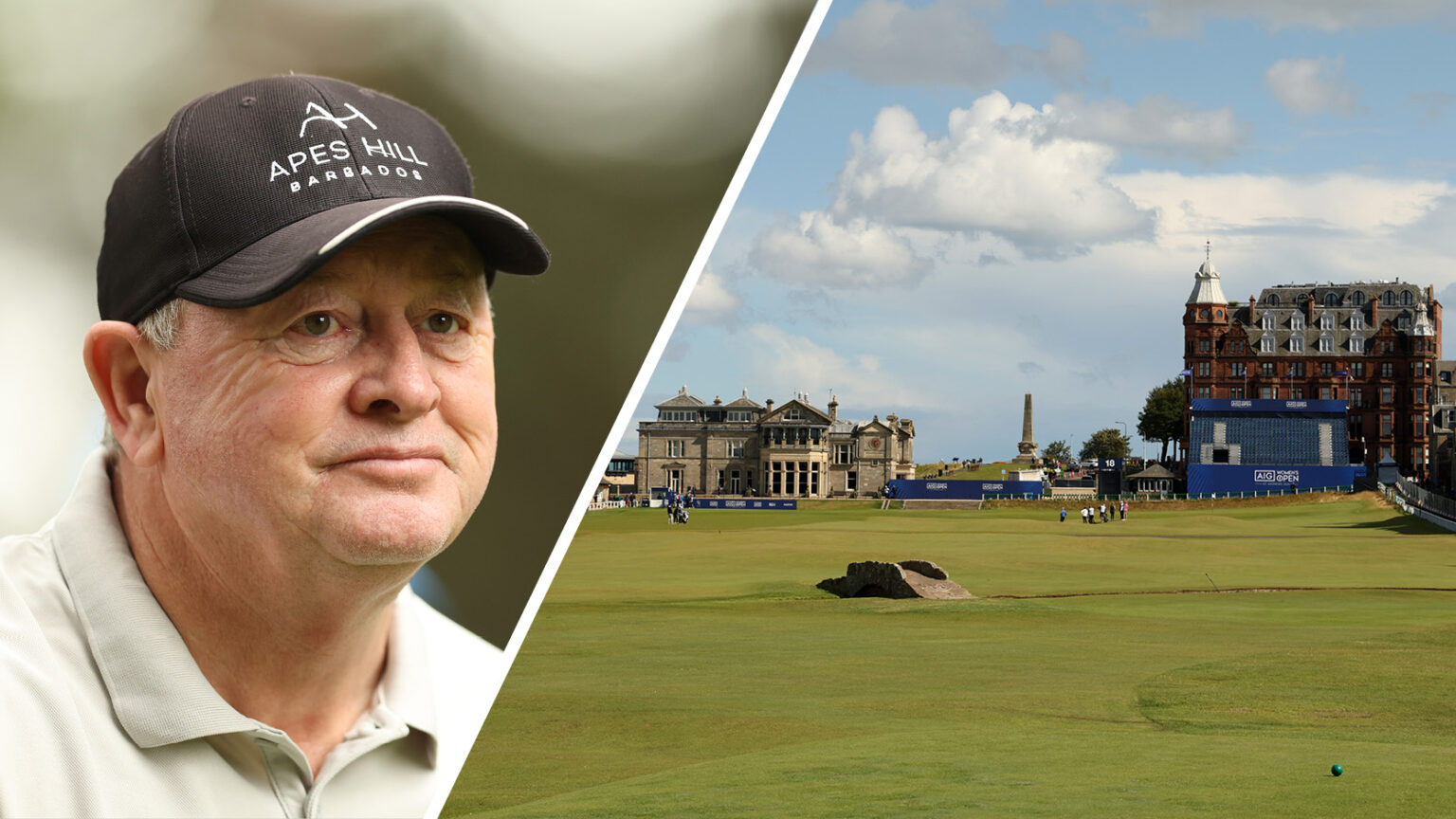The Future of St Andrews: Should a New Links Course Replace the Historic Old Course for The Open?
The world of golf is ever-evolving, with players continuously pushing the limits of technology and athleticism. St Andrews, the birthplace of golf and the iconic host of The Open Championship, has been increasingly scrutinized for its suitability in hosting the tournament given modern advancements. Welsh golfing legend Ian Woosnam recently proposed a radical idea aimed at preserving the integrity of St Andrews while simultaneously addressing the challenges posed by contemporary golfing equipment and player abilities.
Preserving Golfing Heritage
Woosnam’s suggestion centers on building a new purpose-built links course in Scotland that could serve as the annual home for The Open Championship. His idea seeks to maintain the historical significance of St Andrews by keeping it as a venue for its rich legacy while transferring the competitive element of The Open to a newer design better suited for today’s golfers. The intent is to protect what makes St Andrews unique, akin to how Augusta National preserves its legacy for The Masters.
Addressing Modern Concerns
During his conversation with Top 100 Golf Courses, Woosnam expressed concern about the impact of modern technology on the game. He pointed out that players such as Bryson DeChambeau can overpower courses like St Andrews, driving, in some cases, multiple greens with ease. This transformation of the game can make it seem less authentic and unnecessarily lengthy, often resulting in rounds that stretch over six hours. In essence, the combination of advanced equipment and player skill could be diminishing the challenge and experience that St Andrews offers.
The Problem with Low Scores
Critics argue that the Old Course might be too short for current professional standards, contributing to some of the lowest winning scores in The Open’s history. For many fans, this can be unappealing, as low scores often lead to a less thrilling viewing experience compared to the excitement generated by closely contested tournaments at other venues. Since Seve Ballesteros’ 12-under-par win in 1984, the trend has shown a preference for lower scores, thus raising questions about the course’s ability to host a major championship in a compelling manner.
Historical Comparisons
Historically, St Andrews has set a precedent for low scoring, especially in modern tournaments. Notably, in six of the seven recent stagings of The Open, winning scores have ranged from 14-under to 20-under, diverging sharply from the standards upheld at other legendary courses, which often yield more challenging outcomes. For instance, courses like Royal Portrush have seen winning totals of 14-under or better, though they represent a stark contrast against St Andrews’s relatively easy layout.
Woosnam’s Vision
Woosnam proposed creating a new course that harmonizes the old and the new, allowing players to relish the history of St Andrews while experiencing a venue tailored for modern golf. By doing this, he believes players can compete under appropriate conditions that reflect today’s game while preserving the integrity and historical significance of one of the sport’s most esteemed locations.
Weather’s Role in Scoring
Interestingly, weather conditions also play a vital role in the outcome of tournaments, influencing scores significantly. Calm weather conditions often lead to more birdie opportunities, allowing players to post lower scores. As a result, many of the yearly tournaments often see varying outcomes based not just on player skill, but also on Mother Nature’s whims, emphasizing the unpredictable nature of golf.
Future of The Open Championship Venues
Despite ongoing debates on the appropriateness of St Andrews hosting The Open, it remains one of two confirmed future venues, alongside Royal Birkdale. St Andrews will be hosting the tournament again in 2027. This recognition points to its continued relevance in the golf calendar, reflecting both global interest and historical attachment.
Reactions from Fellow Legends
Ian Woosnam isn’t alone in his concerns. Fellow golfing icons like Gary Player have also commented on the course’s challenges presented by modern-day equipment, echoing sentiments shared in Woosnam’s opinions. Following the low scores achieved during events like the Alfred Dunhill Links Championship, Player remarked how equipment advancements have affected historic courses, suggesting a reevaluation of how such venues should be utilized for top-tier competitions.
The Bifurcation Debate
Given the realities of golf’s evolution, Player supports a more controversial idea: bifurcation. He envisions creating separate sets of rules or equipment regulations for professional tournaments. By doing so, the integrity of traditional courses could be preserved while accommodating the modern game, essentially creating a divide between how amateurs and professionals play. His stance is that addressing the equipment shouldn’t hinder amateur players, who should enjoy the game in its traditional form while still allowing for competition among professionals in a manner that aligns with current playing capabilities.
Conclusion: Finding the Balance
As we look to the future of golf and what it means to host a major championship at St Andrews, finding a balance between preserving tradition and embracing modernity will be essential. Woosnam’s proposal and the discussions around equipment regulation highlight the complexities inherent in a game rich with history yet rapidly evolving. Whether through building new courses or reevaluating the rules of play, the future of The Open and its storied venues rests on collective reflection and innovative solutions that respect both the sport and its legacy.
